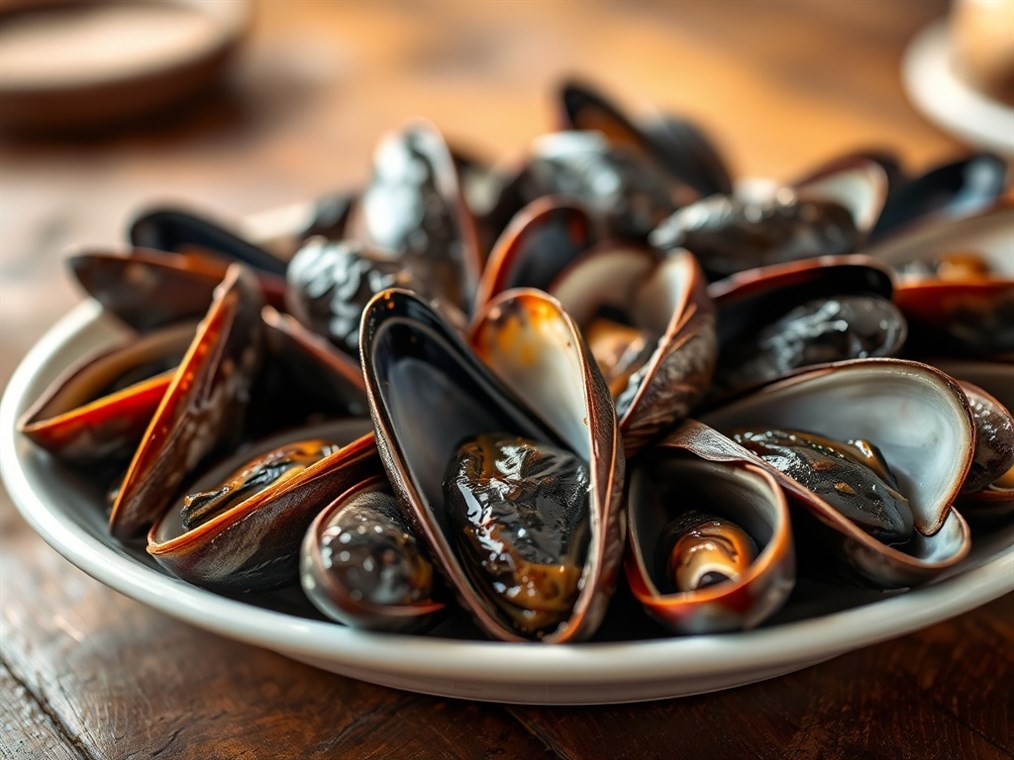Unmasking the Mystery: That Black Stuff Inside Your Mussels
Ever tuck into a plate of steamed mussels and find yourself staring at some dark, mysterious gunk inside? Yeah, that “black stuff.” It’s enough to make you pause, right? Is it safe? What is it? Let’s get to the bottom of this marine oddity.
So, What’s the Deal with the Black Matter?
Okay, here’s the scoop: that black stuff is usually just undigested food. Mussels are like the ocean’s vacuum cleaners. They suck in water and filter out all the tiny bits of food floating around – plankton, algae, you name it. They’ve got these cool little hair-like things called cilia on their gills that do the filtering. Then, labial palps – think of them as tiny conveyor belts – move the food to their mouths for digestion. The “black stuff” is what’s left over from that process. Think of it as the mussel’s version of… well, you get the idea.
Now, before you get grossed out, it’s not technically poop, even though it lives in the digestive tract. A mussel’s digestive system is pretty straightforward: mouth, esophagus, stomach, digestive glands, intestine, and, well, the exit. Special enzymes from those digestive glands help break everything down.
Can You Eat It? Should You?
Good news! Most of the time, that black stuff is totally safe to eat. As long as your mussels are fresh, those undigested microorganisms won’t hurt you. Honestly, most people just eat the whole mussel anyway. Who has time to pick out the “black stuff” from every single one?
Freshness is Key, People!
Seriously, though, freshness is super important. You want mussels with shells that are wet and shiny. They should smell like the ocean – fresh and salty. And they better be chilling on ice. If they smell fishy? Toss ’em. Not worth the risk.
Wait, It’s Not Black?
Okay, so black is the usual color, but sometimes it can be different. The color and what’s in that stuff depends on what the mussel’s been munching on.
Mussels: Good for You, Good for the Ocean
Here’s a cool fact: mussels are actually good for the environment. Because they’re filter feeders, they help clean up the water by removing excess nutrients. That can actually prevent those nasty algal blooms. Plus, people are trying to find ways to use mussel shells for things like fertilizer and even animal feed. Pretty neat, huh?
Bottom Line
So, next time you spot that “black stuff” in your mussels, don’t freak out. It’s probably just undigested food and perfectly safe to eat. Just make sure your mussels are fresh, cook ’em up right, and enjoy!

